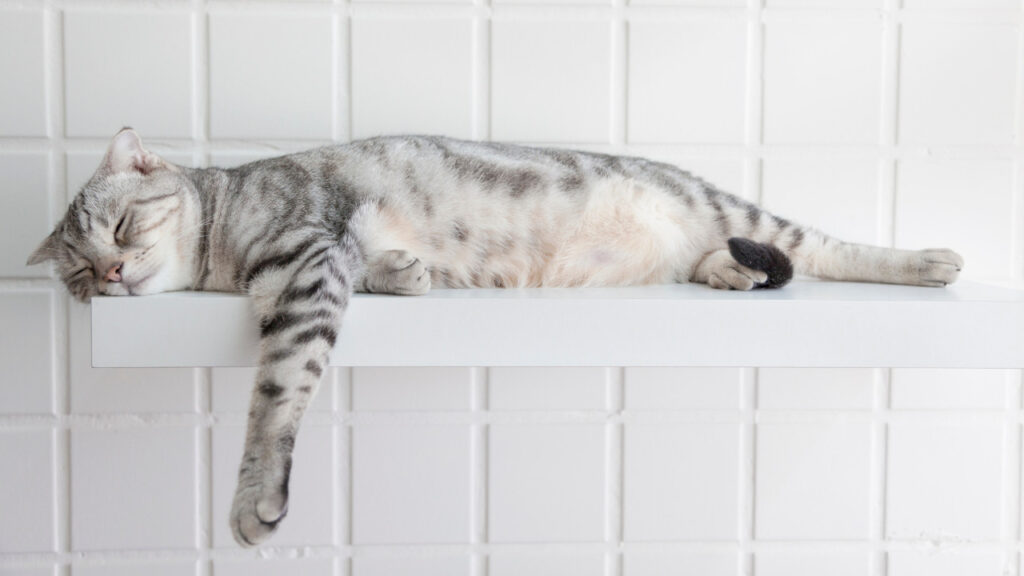How to monitoring your cat’s heart

The risk factors for heart disease in cats include family history. Like dogs, genetics can also come into play. It is also the reason that we see certain conditions recur in certain breeds. Risk does increase with age, although some cats are born with a congenital condition, much like their doggo friends.
Unlike humans, obesity or being overweight doesn’t increase the risk of heart disease in our feline friends, but what it does do is compromise a heart patient further. Not to mention increasing the risk of diabetes and significantly worsening pain with osteoarthritis.
Know the signs
Signs that can indicate reduced heart function in your fur kid:
- weight loss
- reduced energy levels
- reduced appetite
- collapse or difficulty breathing when severe
- cats tend to show only very subtle changes to their appetite or activity levels before they present with severe heart disease. You as the pet parent may not know there’s a problem until they are obviously distressed or having difficulty breathing. For this reason, any cat that has been diagnosed with a heart murmur or early heart disease, it’s essential to monitor them extremely closely.
Interestingly, compared to dogs as discussed previously, coughing is not a main feature of heart failure for cats, and it’s more often associated with problems of the lung such as asthma.
Monitor at home
Whilst you can’t control your mate’s genetic makeup, you can be proactive rather than reactive in how you monitor their health. The cause of heart disease is often unknown, but it can be due to inadequate diet and some medical problems such as hyperthyroidism or high blood pressure.
Sleeping respiratory rate (SRR)
The SRR is a great tool for monitoring heart disease and is a good indicator for when it has become congestive. This means it has progressed to a point where there is pressure causing fluid to leak in the lungs, which in turn compromises the lungs ability to transfer oxygen to the body, so the lungs have to work faster and harder to do the same job they previously did.
Hence, congestive heart disease will cause an increased SRR.
You measure the SRR by watching your cat when they are asleep, (not resting, but definitely asleep), accompanied by a note book, watch and pen. The rise and fall of the chest counts as one breath. Count the number of breaths they take in one minute, every week (or more often if the trend is that it’s increasing), and record it.
In a cat, a normal SRR is in the teens to the low twenty’s (young cats can have a slightly higher SRR than older cats). If the SRR is consistently thirty or above, in a room that is not too hot and not too cold, it’s considered too high. This doesn’t confirm congestive heart disease, as other conditions can cause the SRR to be up too, but it does mean that things should be investigated as soon as possible.
By recognising the signs of heart disease and monitoring your kitty at home, alongside regular health checks, you can see that your cat is treated as soon as a problem arises, not further down the track. This may slow the progression of the heart disease and help to maintain an excellent quality of life.